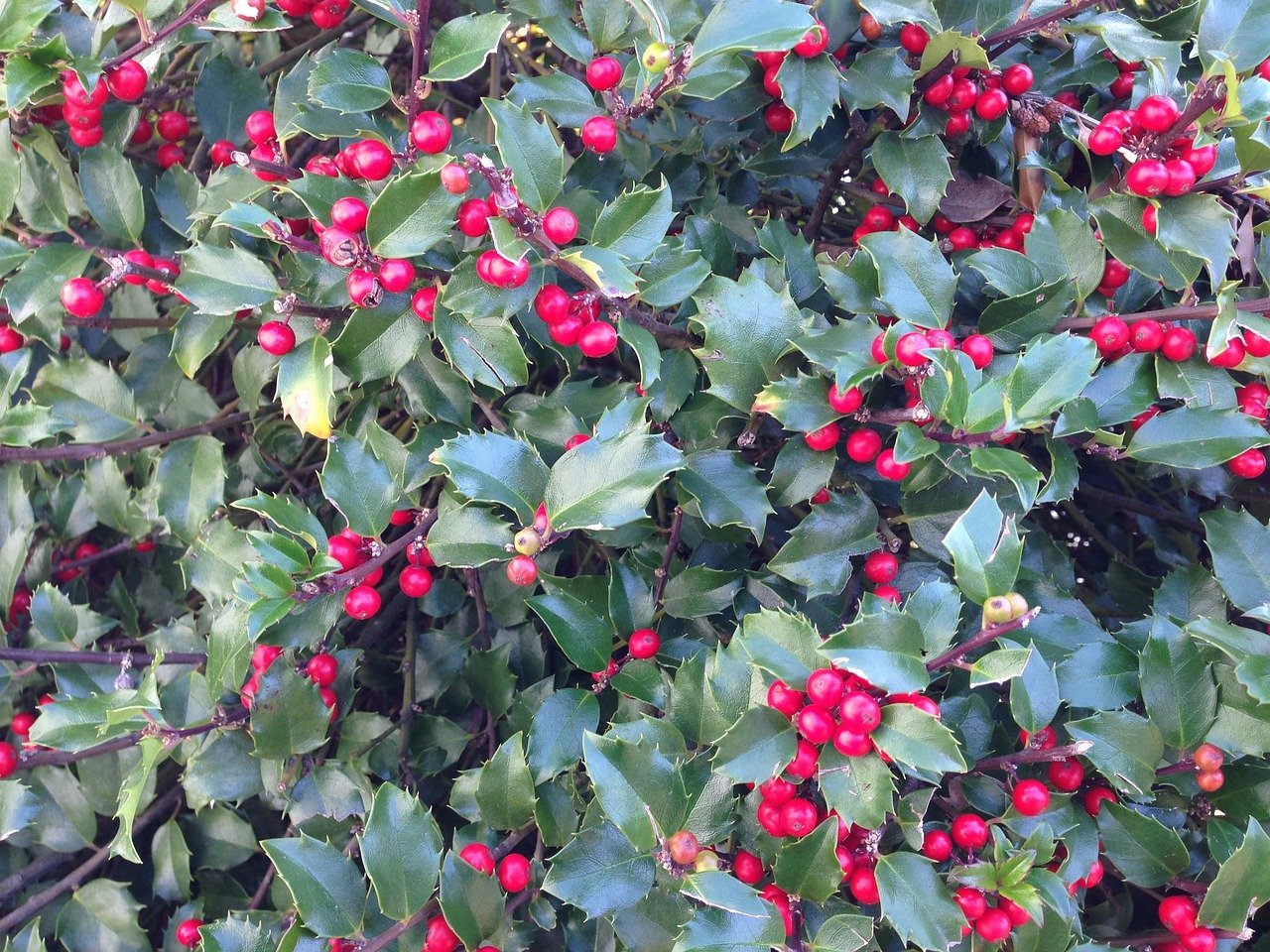When cold weather arrives, I retreat into my shell (down vest) like a threatened turtle. There isn’t much to gladden the heart of this heat-loving gardener. Deciduous plants have dropped their leaves, perennials have passed into dormancy, and annual flowers are long gone. The refreshing appearance of evergreen trees and shrubs make the landscape tolerable. Needled evergreens can be damaged by ice. Limbs of broadleaf evergreens like Magnolia grandiflora break under snow loads. Harsh winds punish palms and conifers. Let me recommend an evergreen that seems to tolerate wind, ice, and snow without damage: Viburnum awabuki ‘Chindo.’
Before I met ‘Chindo,’ I thought of all Viburnums as smallish, deciduous shrubs. A few are known for fragrant flowers or colorful fruit. Others have especially nice fall color. The Chinese Snowball Bush is popular for its large, round white flowers in spring, resembling white mophead Hydrangea flowers.
Chindo Viburnum is an evergreen, low-maintenance shrub that will reach heights up to 20 feet and widths up to 15 feet. Plants can be kept smaller with annual pruning. Somewhat irregular in youth, Chindo matures to a pyramidal shape. It is cold hardy in zones 7b-9b. It will grow in a wide range of soil types and acidity. Chindo prefers part shade to full sun. It looks best when shaded from direct sun at the hottest part of the day. Established plants are moderately drought resistant. The thick, dark green leaves are so shiny they look polished. Plants grow fast – one to two feet per year, making it a good choice for blocking unsavory views.
All resources say that Chindo, introduced by J.C.Raulston, is known for its heavy set of red fruit clusters that follow white flowers which appear in early summer. I had a grouping of four plants, three of which were obtained as rooted cuttings from the fourth. I did not experience heavy berry set. In fact, I don’t recall any flowering. This probably means that my plants needed an outside pollinator instead of same-plant clones, and perhaps that I grew them in too shady an area. Even without flowers or berries, it is on my favorites list for its healthy appearance and low maintenance needs. Bonus: Chindo is rarely browsed by deer.
Select Chindo Viburnum for a privacy hedge, as an alternative to Magnolia, Tea Olive, Holly, or Arborvitae.
A bit gawky in youth, shown here, this Chindo Viburnum matured to a lovely pyramidal shape.




